ECONOMY
Manmohan Singh: A gentle giant whose economic reforms changed India’s fortunes forever
- IBJ Bureau
- Jan 02, 2025

Dr Manmohan Singh, who passed away last month, has left a lasting legacy. The former prime minister was a man of startling contrasts. He was soft-spoken and modest to the core. Yet he demonstrated immense courage and fortitude in unleashing path-breaking reforms that changed India forever and perhaps for the better.
The studious boy from Gah in undivided Punjab with meagre means went on to earn degrees from the world’s storied universities like Cambridge and Oxford. Following his brilliant academic training, Dr Singh had two brief teaching stints at Panjab University and at Delhi School of Economics. He later joined the bureaucracy and went on to occupy many vital posts in the Ministry of Finance, apart from being RBI governor and deputy chairman of the Planning Commission.
June 1991 turned out to be the turning point in Dr Singh’s life, when he became the finance minister in the P V Narasimha Rao government. India was battling severe economic and balance of payments crises. The previous government was compelled to pledge the country’s gold reserves with the Bank of England and the Bank of Japan in 1991 to raise funds during a foreign exchange crisis.
Taking over as finance minister at this critical juncture, Dr Singh devalued the rupee against the dollar. The rupee was gradually transformed into a more market-driven currency, and many capital control rules were scrapped. The finance minister dismantled the Licence Raj, revamped industrial licensing policy and freed many industries from the shackles of regressive licensing controls. Restrictions on imports were eased, throwing open the economy to global competition and ushering in a new breed of businessmen and entrepreneurs.
Aptly hailed as the architect of India’s economic reforms, Dr Singh’s far-reaching policies helped lead the country on the path of irreversible liberalisation and globalisation. The reforms he initiated helped lift crores of people out of poverty and create a middle class that continues to shape the country’s economic and political future.
In May 2004, Dr Singh had to accept yet another challenge, this time more daunting than the earlier one of June 1991. Sonia Gandhi, the then Congress Party president, selected Dr Singh to become the prime minister after a surprise and unexpected Congress victory over the BJP, led by then Prime Minister Atal Behari Vajpayee. In his two terms as prime minister between 2004 and 2014, Dr Singh laid the foundational architecture of a rights-based, modern welfare State, with the MGNREGA, Right to Education, Right to Food Security and the Right to Information with its promise of accountability in governance. The Unique Identification Authority of India and the Aadhaar came into being under his watch.
The watershed moment in India’s history was the Indo-US nuclear deal, which brought the country to the global high table. It ended India’s isolation on the world stage and inaugurated a strategic and friendly relationship with the US that has continued to grow from strength to strength.
In his second term as prime minister, Dr Singh seemed overtaken by the fragilities. His government, in an alliance with a disparate group of parties, was marked by allegations of corruption against some of his Cabinet ministers. It was also the time when it appeared that the prime minister was not in control, with many of his ministers running their own agendas.
Barring those last few years, Dr Singh had quite a successful track record as an able administrator. He brought wisdom, decency, dignity, grace and, above all, humility to the topmost position of power. An economist, academic, top bureaucrat, finance minister and prime minister, Dr Singh will most importantly be remembered as a great gentleman.



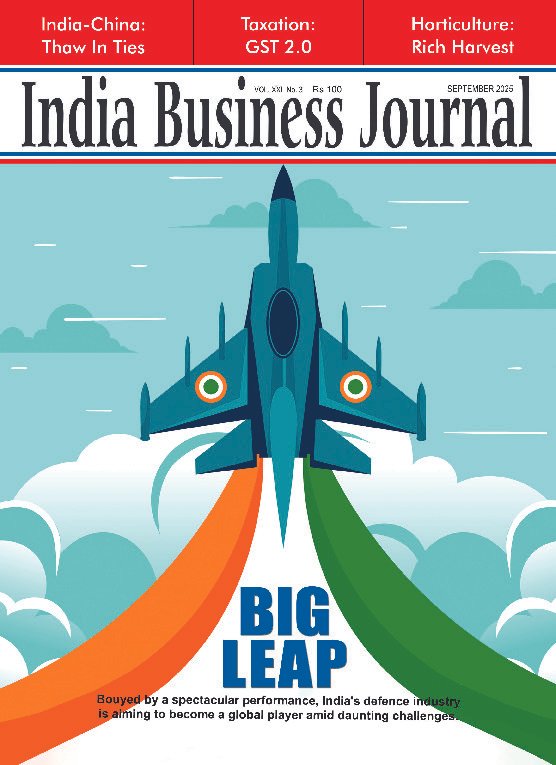
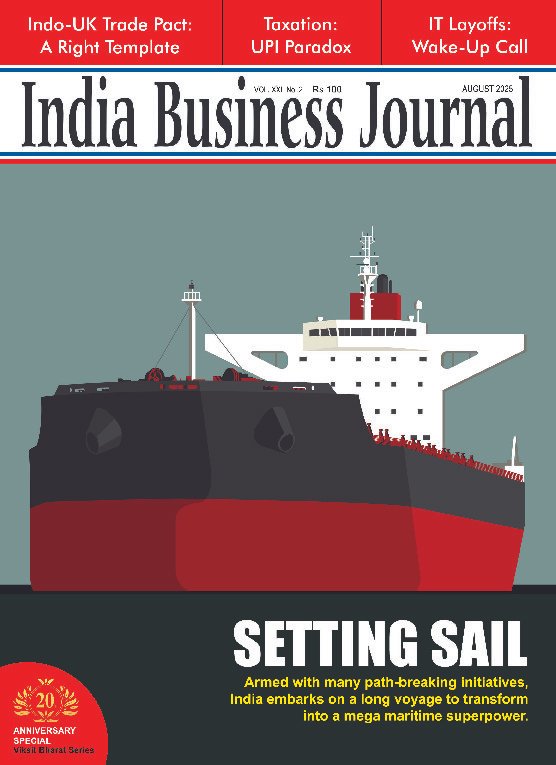






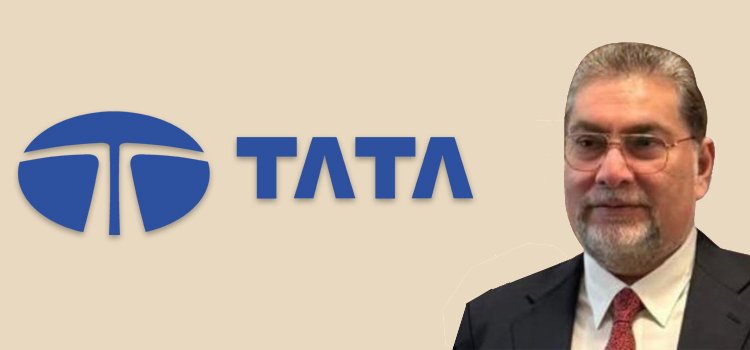
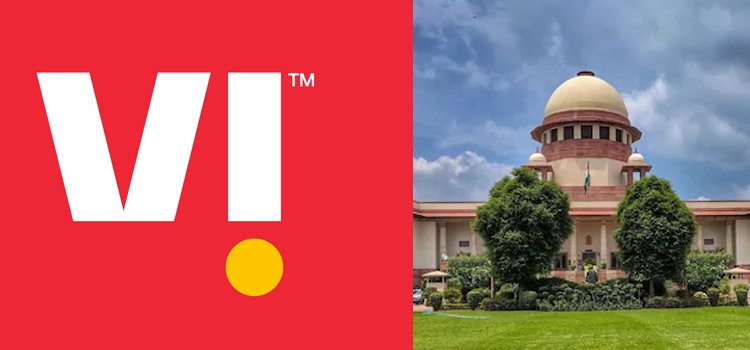

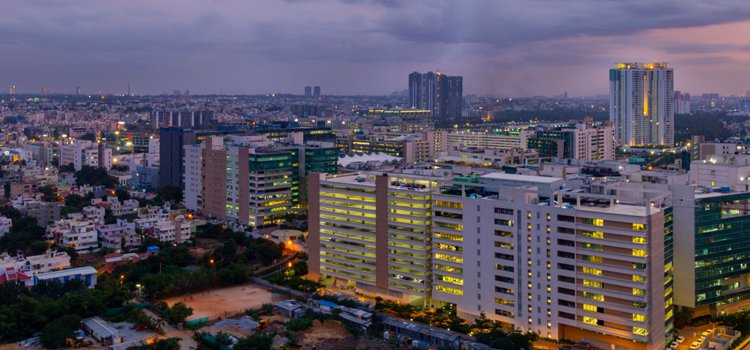
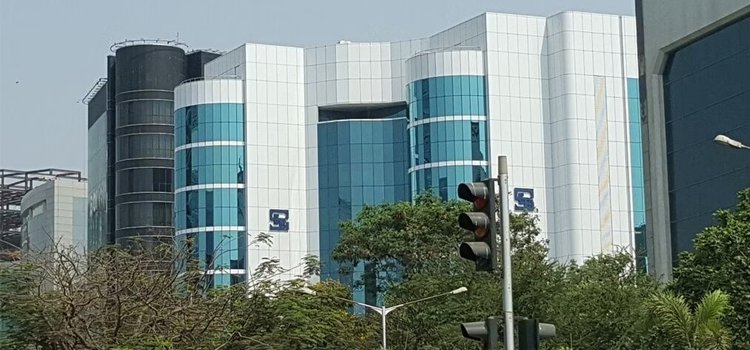
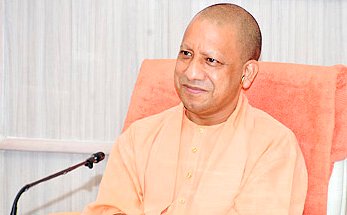




Report By
View Reporter News